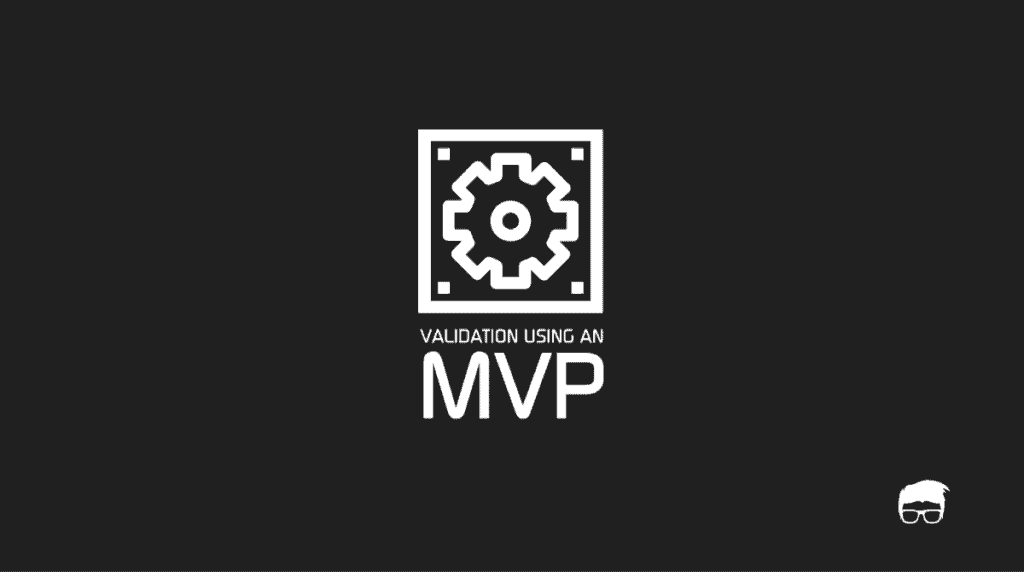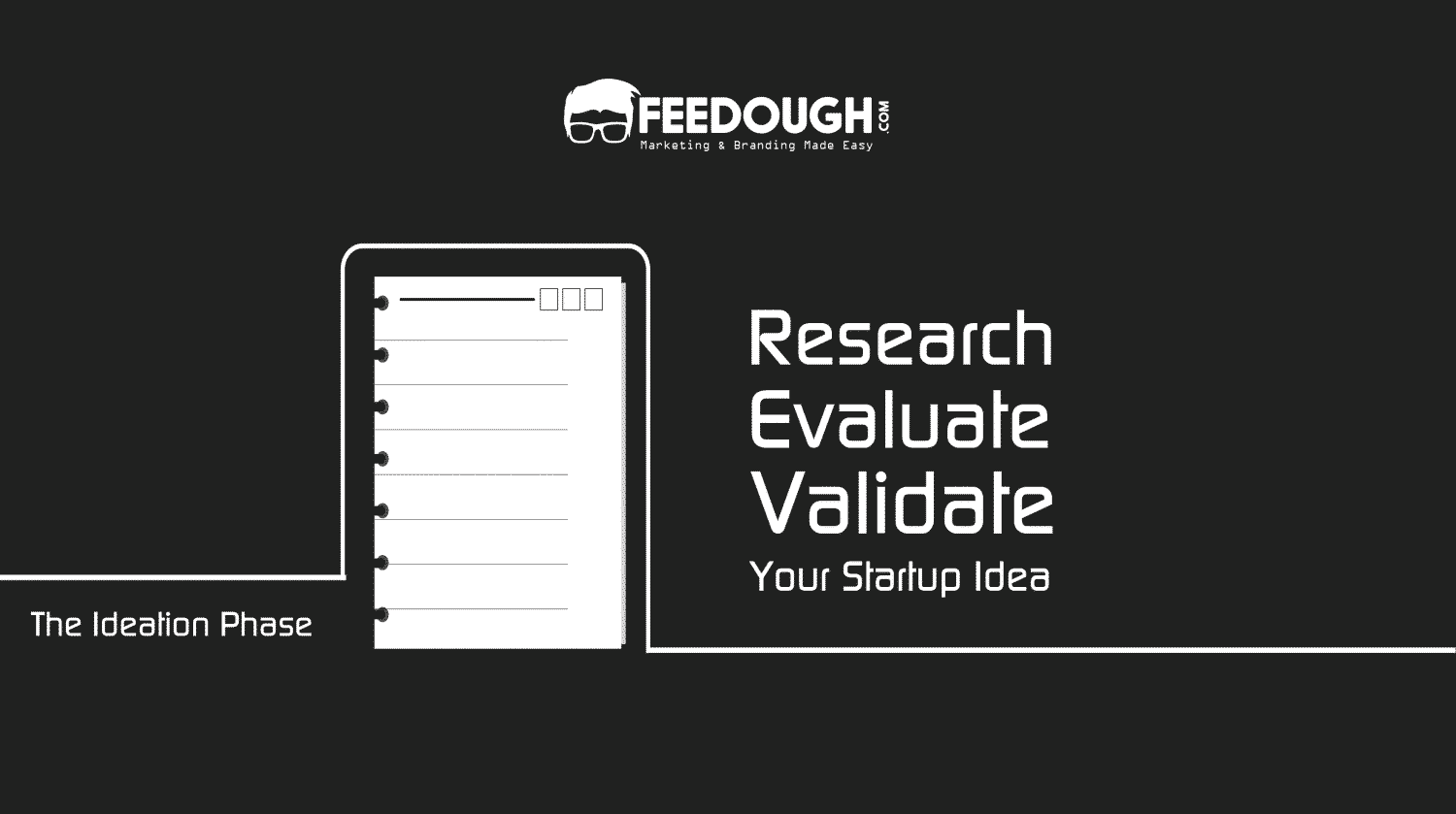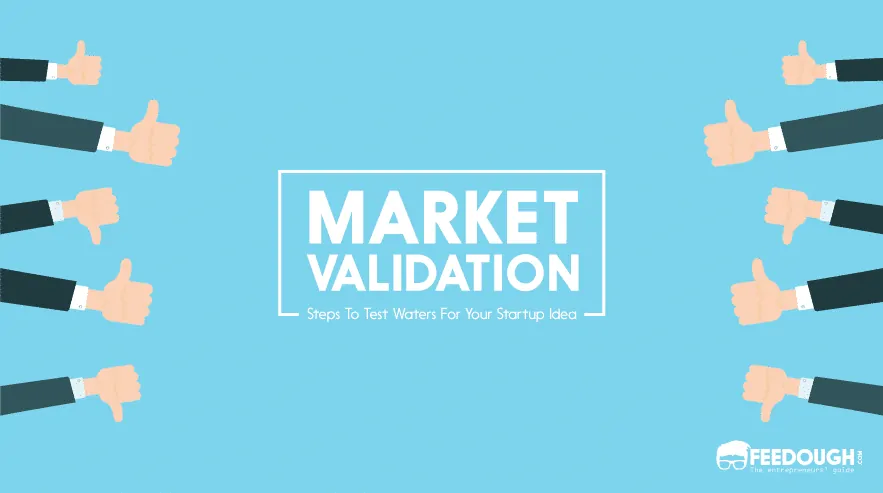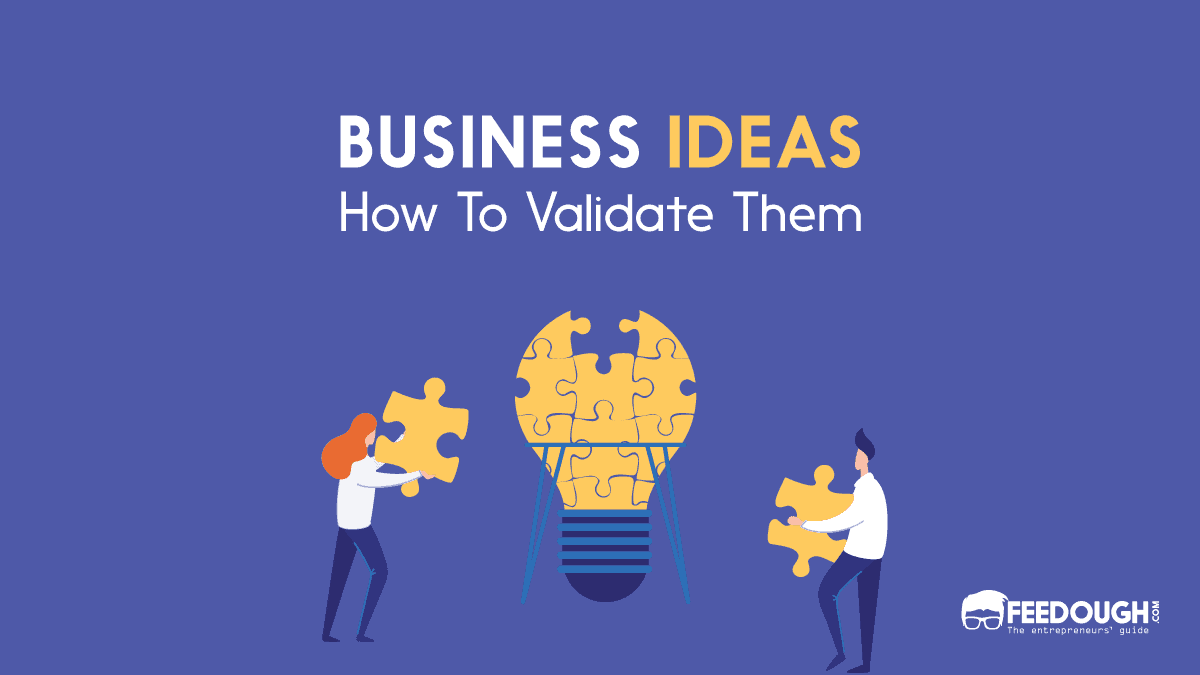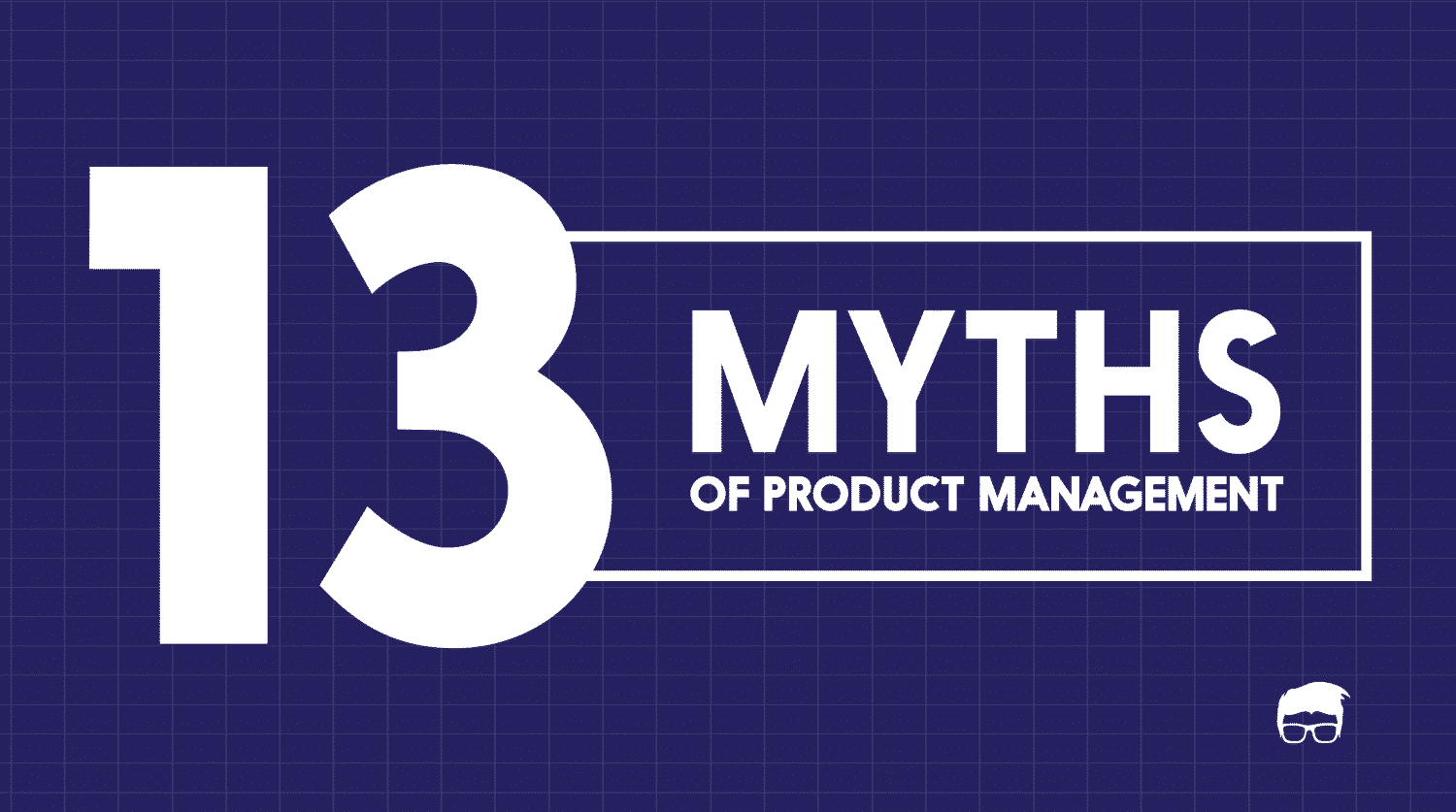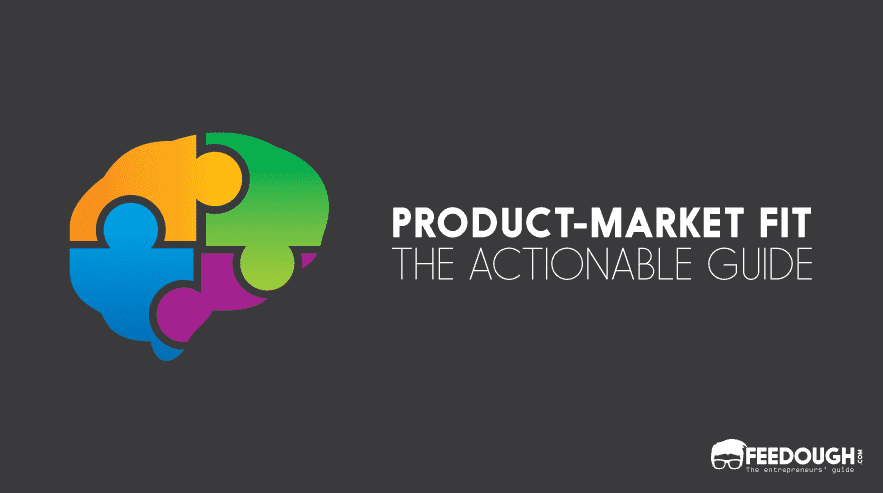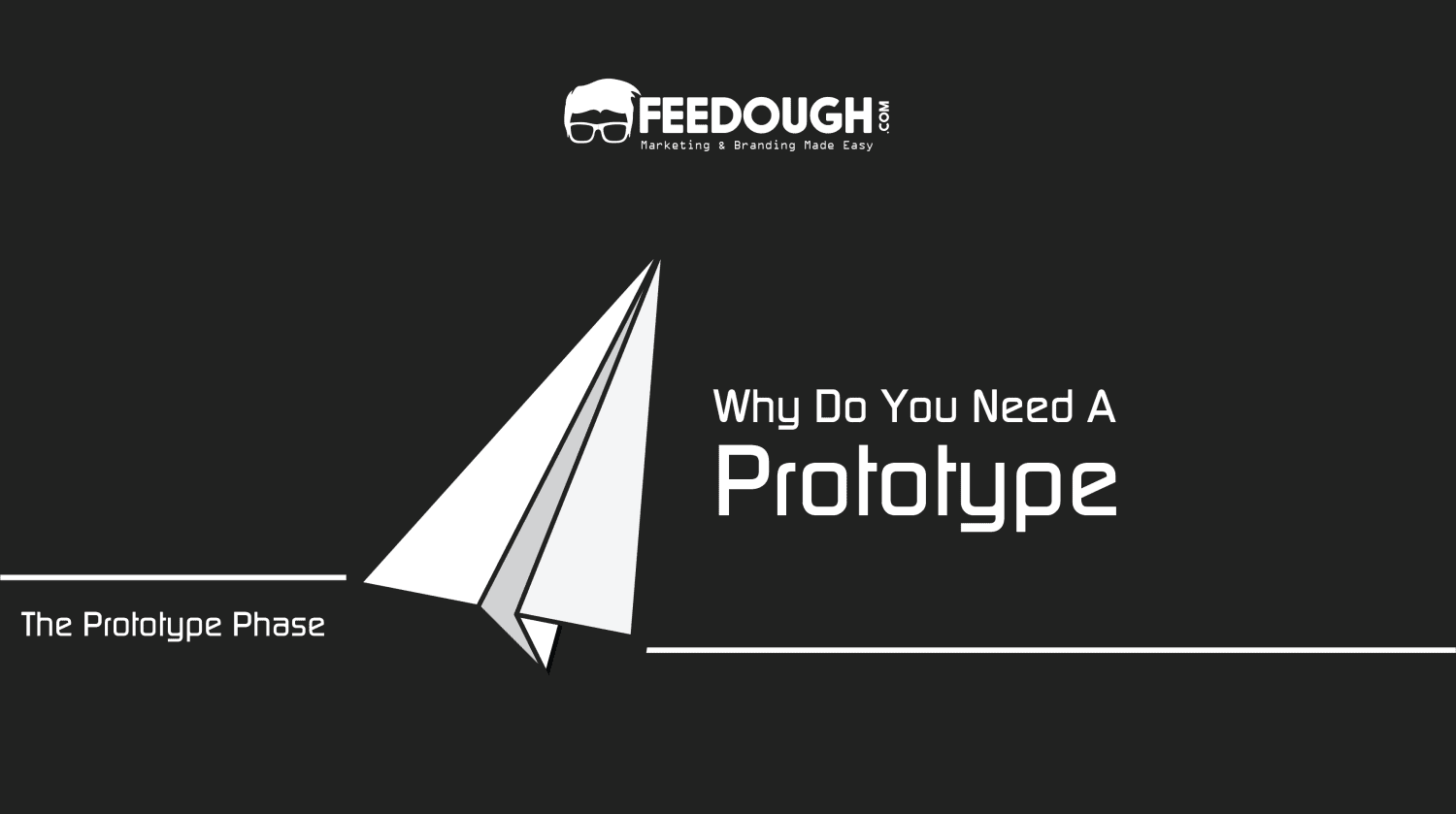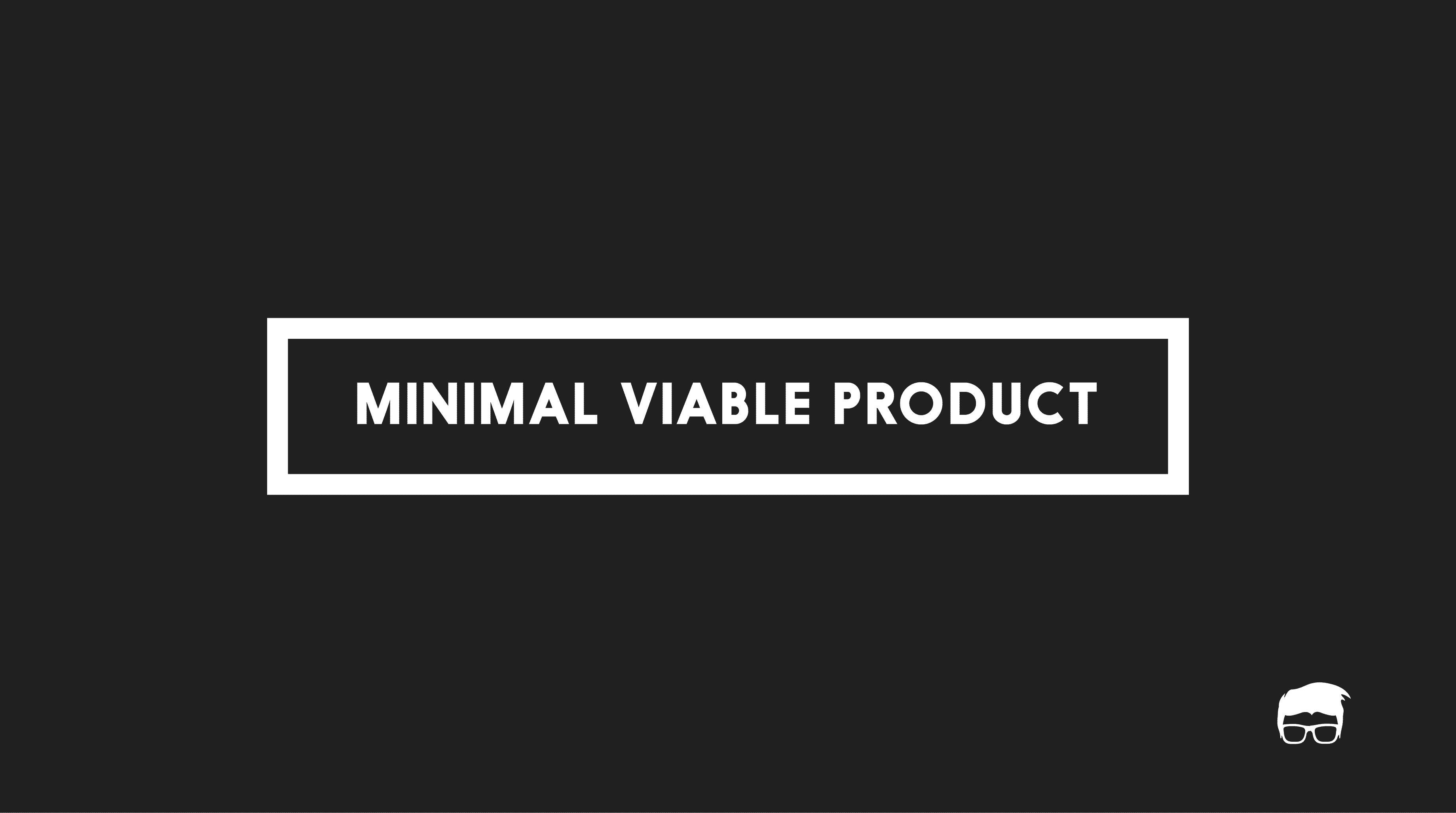Tons of people build businesses around ideas that never appeal to the customers and thus those ideas never sell. All the time and money go down the drain. You might think that you already know what the customer wants. Initial market research might make you believe that customers would love your product. But when the product actually arrives on the shelves, nobody cares about it. A market survey can sometimes be pretty useless since it’s still a hypothetical product. That is when idea validation or to be precise, product validation becomes so important. Validation of ideas can be done very quickly if you follow the right approach.
Validating A Product Hypothesis Using An MVP
The right approach, more often than not, when it comes to product validation is to build a Minimum Viable Product or MVP. They say an MVP is all about “Minimum Effort, Maximum Learning”. MVP reinforces the Build-Learn-Repeat Model. An MVP lets you test your ideas in the real market as it is a rough but working version of your final product which has been created to check real user-behavior with a real product. There are various types of MVPs like Piecemeal, Concierge, Wizard of Oz etc. Let us see how these MVPs can be translated into some real ideas:
Classic Prototype MVP
This method involves building a rough, working prototype of your final product, often buggy and with minimal UI, in a span of a few days and then letting prospects use it. The user interaction is observed, recorded and analyzed. Users are not asked any questions or feedback. The problem with this method is that a half-baked MVP in most cases does not work. Also while an MVP is supposed to be quick to build and test, sometimes it takes a few months to build one.
Landing Pages
You can set up a one-page landing page which has the value proposition of your product. The landing page should also collect emails of prospects. It might also include pricing details or plans. The traffic to the site will be an indication of how many people are actually interested in your product.
Sell Before You Build
Sell your product even before it has been built. It’s like asking your prospects if they would be willing to pay for your product if it had certain features. List your would-be product with all its features on Kickstarter and see how the demand is. You are basically promising your funders the product even before building one. It is a great way to check if your product has any real demand.
How Much will People Pay
This is similar to the earlier method but here you use A/B testing to check various price points that the customer might be willing to pay. It allows you to set the right price point for the final product to generate maximum demand.
Video – Get a Glimpse of the Real Deal
Even if you do not have the actual product, you can make a video of how the actual product is going to be like and then use that video to get people to subscribe to your service when it is finally launched. Dropbox had used the exact same method for validation.
Set up a Test Store
If you have a physical product, there are online services available that can help you set up a test store quickly with complete payment systems, to give you an estimate of how your product is selling. You can either accept pre-orders or sell actual products in limited qualities before moving on to full-fledged production. You could also initially sell your products on sites like Amazon or eBay to gauge the demand for your products. Once you realize there is sufficient demand, you can start selling your products through your own site or app.
Go On, Tell Us What You Think!
Did we miss something? Come on! Tell us what you think of this article on Product validation using an MVP in the comments section.
Product Guy. Introverted Marketer. Engineer by education. Movie and TV Geek by nature. Can be seen reading comics and non-fiction books when not binging on movies and Netflix shows. Pop-culture junkie. Out and out foodie. Wee bit self-obsessed.”
